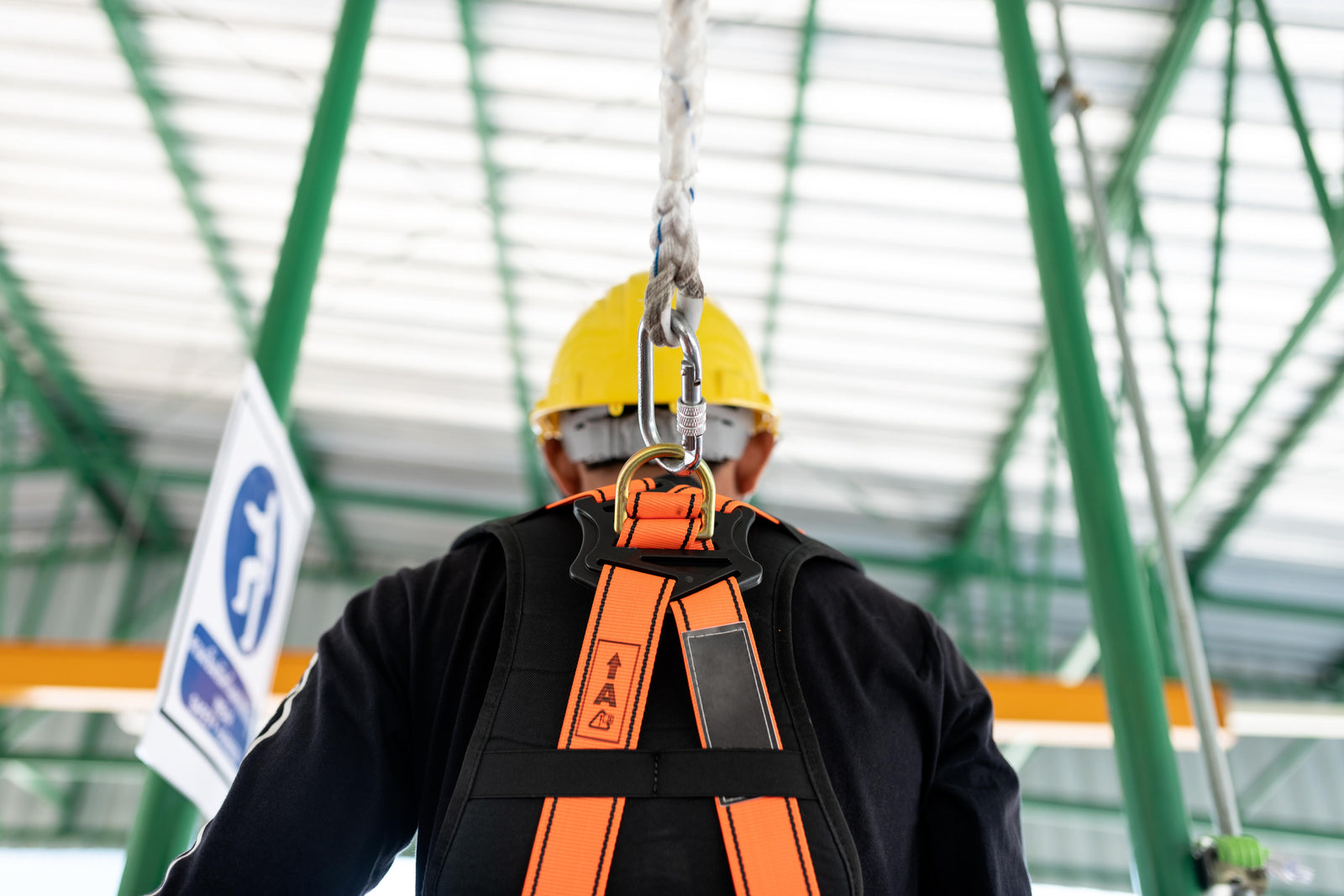
No two work sites are the same, but for those industries that pose a fall hazard risk, a lot of the protections will look similar. However, some work sites require different types of fall protection equipment. Employers unsure of the exact solution for their job site will turn to the hierarchy of fall protection: a graded system that examines safety practices and data to help implement a fall prevention plan. Listed in order from the most to least effective solutions, here are the controls that job sites use to determine which fall protection equipment and solutions are needed.
Hazard Elimination
A fall hazard that doesn’t exist can’t cause an injury or accident, so the preferred solution is to ensure that hazards are completely eliminated. This happens early in the project planning and often requires forethought and consideration of the build and job site hazards. For example, a hazard elimination could be simply specifying that HVAC equipment should be located on the ground level rather than the edge of a roof.
Passive Fall Protection
If hazards cannot be eliminated, a solution that protects as many people as possible is preferred. The initial cost of installing passive or collective fall protection can be high, but everyone can be efficiently and effectively safeguarded with very few training requirements. Barriers, guardrails, and covers are examples of passive fall protection.
Fall Restraint Systems
If fall hazards aren’t encountered frequently or long enough to make passive fall protection realistic or cost-effective, individual fall restraint systems can be used. These solutions use PPE to connect a worker to a movement-restricting harness, lanyard, and anchor point that prevents them from reaching an edge. They make the worker accessible in the event of an injury and eliminate the possibility of a fall.
Fall Arrest Systems
If a fall hazard is not avoidable, fall arrest systems can be used. When using this form of fall protection equipment, however, falls are still possible, but the force and clearance margins are controlled. The risk is higher because of the fall itself, the stop from the equipment, and potential contact with the structure or ground. Proper training on fall arrest systems is key and when implemented properly, it’s still an effective way to keep workers safe.
Administrative Controls
While they don’t provide physical means of protecting workers from a fall, administrative practices and procedures that comply with local jurisdictions and OSHA regulations can be part of any fall prevention system and are best when used in combination with other methods. Administrative controls are put into place to increase awareness of fall hazards with safety monitors, control lines, warning lines, horns, and designated areas.
Fall Protection Equipment from PK Safety
A worksite that has no risk of fall hazards is an ideal one, but if you need equipment, you want it provided by trusted companies. PK Safety has been protecting and equipping workers for decades, carries trusted brands like Miller Fall Protection, and has safety experts available to answer your equipment or safety questions. For more information, we can be reached online or at 800.829.9580.
